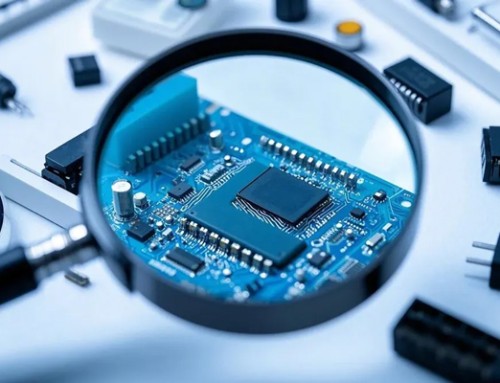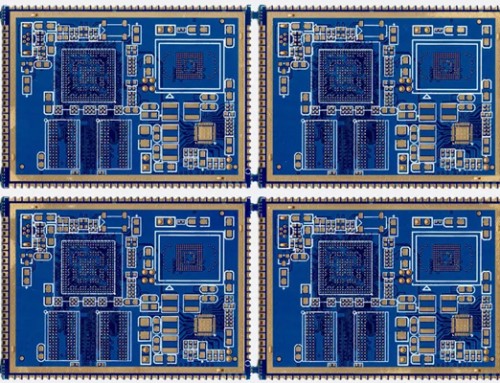Surface Mount Technology (SMT) has revolutionized the electronics manufacturing industry with its ability to place and solder components directly onto the surface of PCBs. However, certain applications may require a localized increase in solder paste or solder volume to ensure reliable joints. This article will explore various strategies to achieve this goal, considering the challenges and benefits of each approach.
Understanding the Need for Increased Solder Volume
Before diving into the methods to increase solder volume, it’s essential to understand why such a need arises. Typically, engineers may require more solder in specific areas for the following reasons:
Heat Dissipation: Components that dissipate significant heat may need additional solder to enhance thermal conductivity.
Mechanical Strength: In some cases, stronger joints are necessary to withstand mechanical stress, which can be achieved with more solder.
Compensation for Variability: Variations in component lead geometry or PCB pad size may necessitate a larger solder fillet for reliable connections.
Strategies for Increasing Solder Volume
Here are several strategies that can be employed to locally increase solder paste or solder volume during the SMT process:
1. Adjusting Stencil Aperture Sizes
One of the most common methods to increase solder paste volume is to modify the stencil aperture sizes. Here’s how it can be done:
Enlarging Apertures: By increasing the size of the apertures corresponding to the pads that require more solder, more paste will be deposited.
Using Non-standard Aperture Shapes: Tapered or stadium-shaped apertures can deposit more paste at the edges of the pad, where it’s often needed most.
Pros: Simple and cost-effective.
Can be easily implemented without changing the existing process.
Cons: May affect print quality if not done carefully.
Limited by the minimum feature size of the stencil.
2. Multiple Printing Passes
Another approach is to perform multiple printing passes over the same PCB to deposit additional solder paste.
Pros: Provides precise control over the amount of additional solder.
Works well for selective areas that need more solder.
Cons: Can increase production time and cost.
May cause registration issues if not aligned correctly.
3. Solder Preforms
Solder preforms are small pieces of solder that can be placed directly onto the PCB pads before reflow soldering.
Pros: Offers a high degree of control over the solder volume.
Suitable for applications where a significant amount of solder is needed.
Cons: Can be costly and time-consuming to place manually.
May require additional process steps for automation.
4. Solder Dipping or Wave Soldering
For through-hole components or specific pads, solder dipping or wave soldering can be used to add extra solder.
Pros: Effective for adding a large amount of solder quickly.
Useful for post-reflow soldering adjustments.
Cons: Not suitable for all SMT applications.
Can lead to solder bridging if not controlled properly.
5. Adjusting Solder Paste Consistency
Using a solder paste with a higher metal content or a different rheology can result in a higher volume of solder after reflow.
Pros: Can be applied to the entire board or selectively.
No change in the stencil design is needed.
Cons: May affect the reflow profile and overall process.
Can increase costs due to the need for specialized solder paste.
The decision to locally increase solder paste or solder volume in SMT processes should be carefully considered, weighing the benefits against the potential drawbacks. Each strategy has its place, and often a combination of methods is used to achieve the desired outcome. Engineers must evaluate the specific requirements of their assembly process, the nature of the components being used, and the overall impact on production efficiency and cost.


